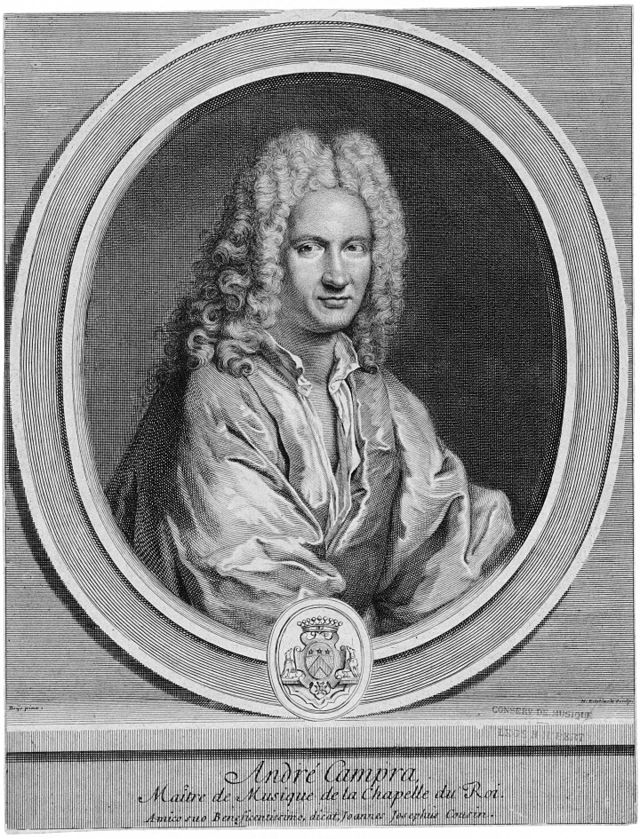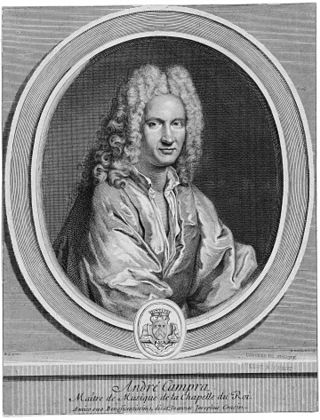Top Qs
Timeline
Chat
Perspective
Tancrède
From Wikipedia, the free encyclopedia
Remove ads
Tancrède is a 1702 tragédie en musique (a French opera in the lyric tragedy tradition) in a prologue and five acts by composer André Campra and librettist Antoine Danchet, based on Gerusalemme liberata by Torquato Tasso.

The opera contains 23 dances in addition to the singing. It is famous for having the alleged first contralto role in French opera. (However, in modern terms it is considered more of a mezzo-soprano range.) The role was written for Julie d'Aubigny, known as 'La Maupin', the most colorful singer of this era.[1] It's also notable for the unusual choice of three low-lying voices for the main male parts.
Remove ads
Performance history
Tancrède was first performed on 7 November 1702 by the Académie Royale de Musique at the Théâtre du Palais-Royal in Paris. It was successful and remained in the repertoire until the 1760s.
Roles
Remove ads
References
External links
Wikiwand - on
Seamless Wikipedia browsing. On steroids.
Remove ads
